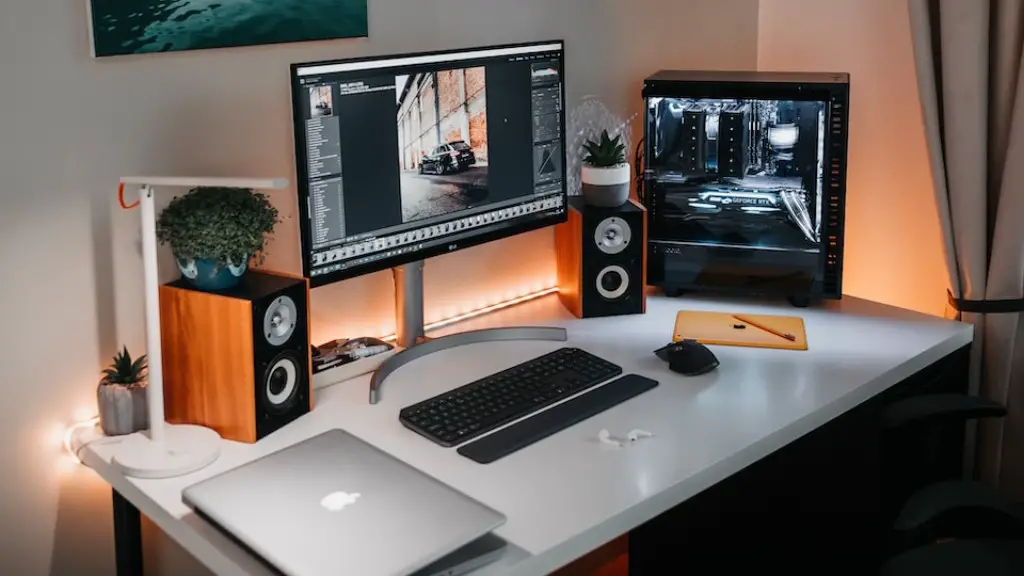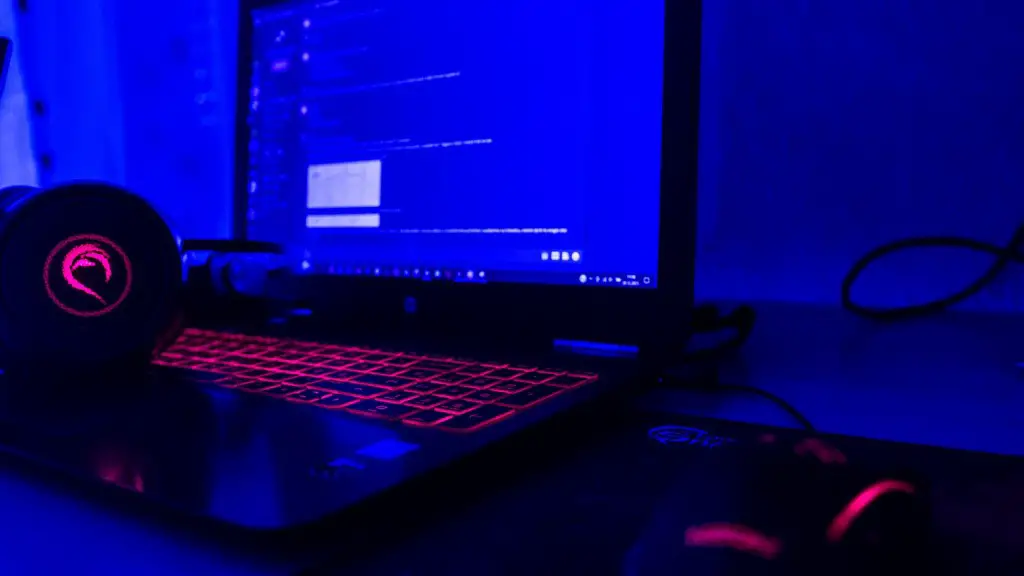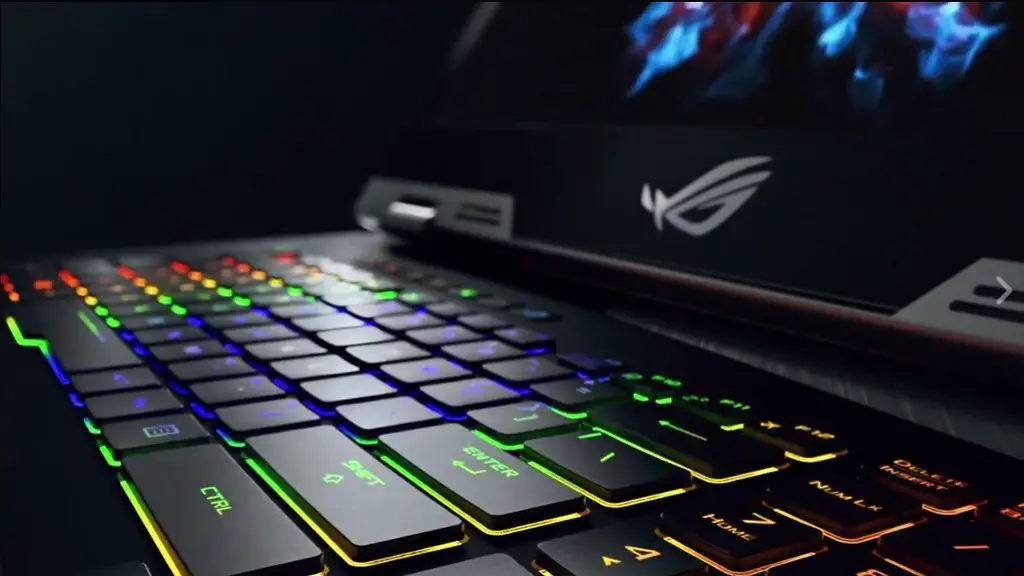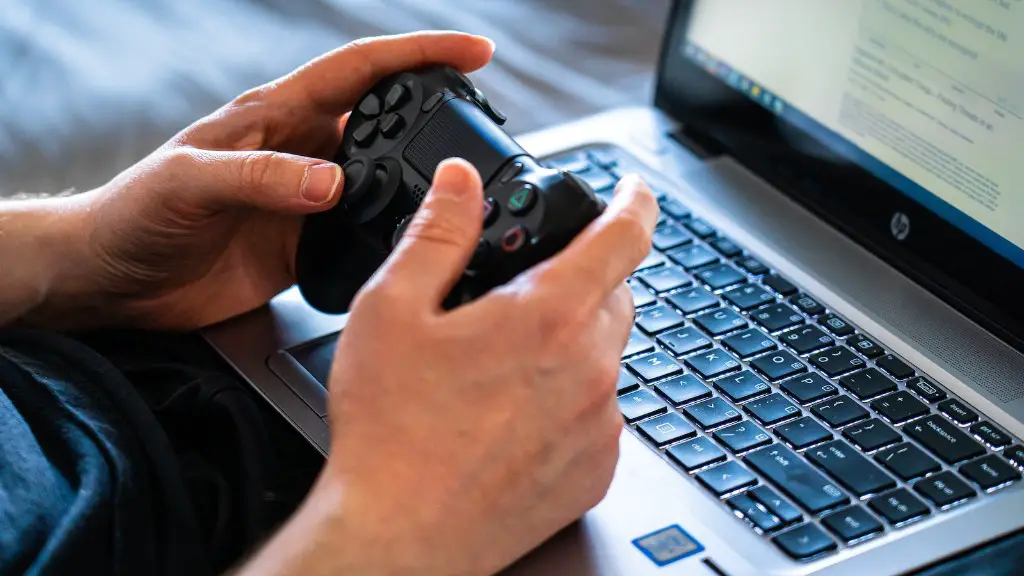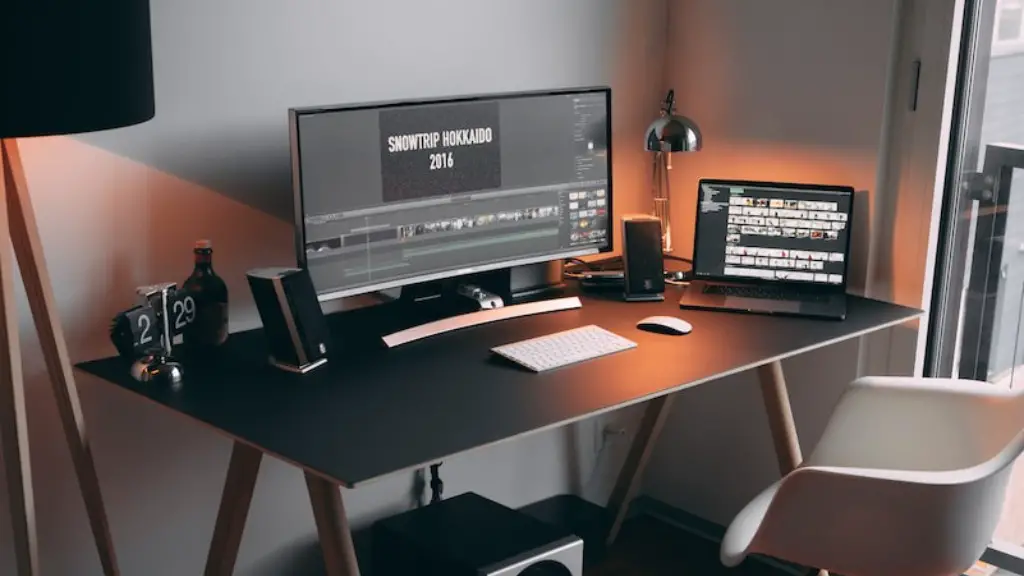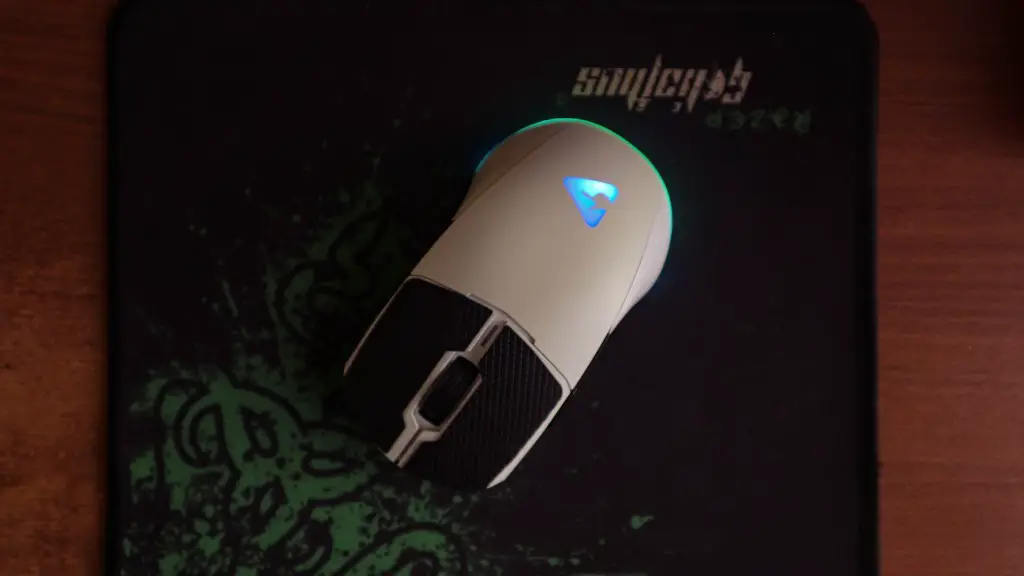Building a gaming PC is a great way to experience the power of today’s gaming technology. It can also be intimidating, especially if you don’t have the experience to know what to buy. This article will provide an overview of the essential components to consider when crafting your setup. From there, the sky really is the limit; the future of gaming tech awaits!
First, you’ll want to select the CPU or Central Processing Unit. This is the heart of the PC, and will dictate much of the rest of your setup. A powerful CPU such as an Intel Core i7 or AMD Ryzen 7 will provide the highest frame rates and resolution for gaming. Just make sure to pick one that is compatible with the motherboard you’ll be buying later.
The next most important part is the GPU, or the Graphics Processing Unit. This is the part that renders the graphics on-screen. To ensure smooth gaming, a GPU like an Nvidia GeForce RTX 3080 is a great choice. It’s fast, efficient and will provide the ultimate gaming experience.
Another important part is the RAM or Random Access Memory. This is necessary for multitasking; the more RAM you have, the more programs you can have open at once. 8GB is often enough for any gaming task, but 16GB may be needed for those who work with image or video editing software.
The last part is the motherboard. This is something you won’t be able to change easily, so make sure you don’t skimp on it. This must be compatible with all the other parts, so make sure to research your components to ensure compatibility.
Storage
The storage of a gaming PC is essential. Players will want high-speed and a large storage space to download and play their games. SSDs or solid-state drives are preferred due to their speed and low latency while larger capacities HDD or hard drives are better if you need more space.
You should also consider how your storage will be connected. M.2 and SATAIII are the best options for speeds, but more new components are introducing blazing-fast NVMe connections.
Finally, you should consider whether you want to set up RAID 0, 1, 5, or 10. Depending on the capacity of your storage, RAID offers increased speeds and redundancy for safety.
Cooling
Your gaming PC needs to stay cool, especially if you’re planning on overclocking your CPU or GPU. An aftermarket CPU cooler is often required for overclocking and can range from basic air coolers to extravagant water cooling systems.
You may also want to consider a third-party GPU cooler. These are designed to provide extra cooling to your GPU and are a great solution if your GPU is running hot.
Regardless of cooling system you choose, make sure it is one that can dissipate the heat you’re generating. Also be sure to get a case with good airflow, this will help the overall cooling performance.
Case
Your case will ultimately determine the look of your build and interior room to fit your components. Mid-towers and full-towers offer plenty of space and come in many designs and styles these days.
It’s worthwhile to invest in a good case that allows for proper components and cooling. While you may want to choose something flashy, double-check to make sure it’s compatible and offers enough room for your hardware.
Also, don’t forget to factor in build access. Being able to make changes easily is great, since you don’t want to have to tear apart the entire setup every time you need to swap out a part.
Power Supply
The power supply (PSU) will be the most important part after the components. It is responsible for delivering power to all the parts and must provide enough power for your build. Make sure to invest in a good PSU, preferably one with high efficiency such as 80+ gold.
There are plenty of power supply calculators available online to help you determine the wattage necessary for your setup. Also factor in any upcoming upgrades which may require more power in the future. If a PSU is undersized, your system won’t run at its peak performance.
Monitor
No gaming setup is complete without a great monitor. You’ll want to consider refresh rate and size when selecting one. Higher refresh rate means a smoother and clearer gaming experience. You can choose from monitors ranging from 24″ to 43″.
If you’re into esports, a 144hz to 165hz monitor will provide great gaming performance. For more graphical heavy tasks, such as video editing and intense gaming, larger and curved displays like the 34” ultrawides are a great idea.
When it comes to resolution, 1080p is a good option for mid-range displays, while 1440p and 4K provide the best visuals. The latter, of course, will require a more powerful GPU to push those extra pixels.
Peripherals
Keyboards, mice, and headsets are all important for enhancing any gaming experience. Make sure to invest in ones that are comfortable and won’t let you down in the heat of battle. Research different models to find the right balance of features and performance.
Of course, there’s also the question of aesthetics. If you want to show off your gaming setup, special RGB keyboards, mouse mats and RGB coolers can add a whole new level of programmable lighting to your build.
Don’t forget the gaming chairs too. Ergonomic designs and breathable fabric will help you stay comfortable during long gaming sessions.
